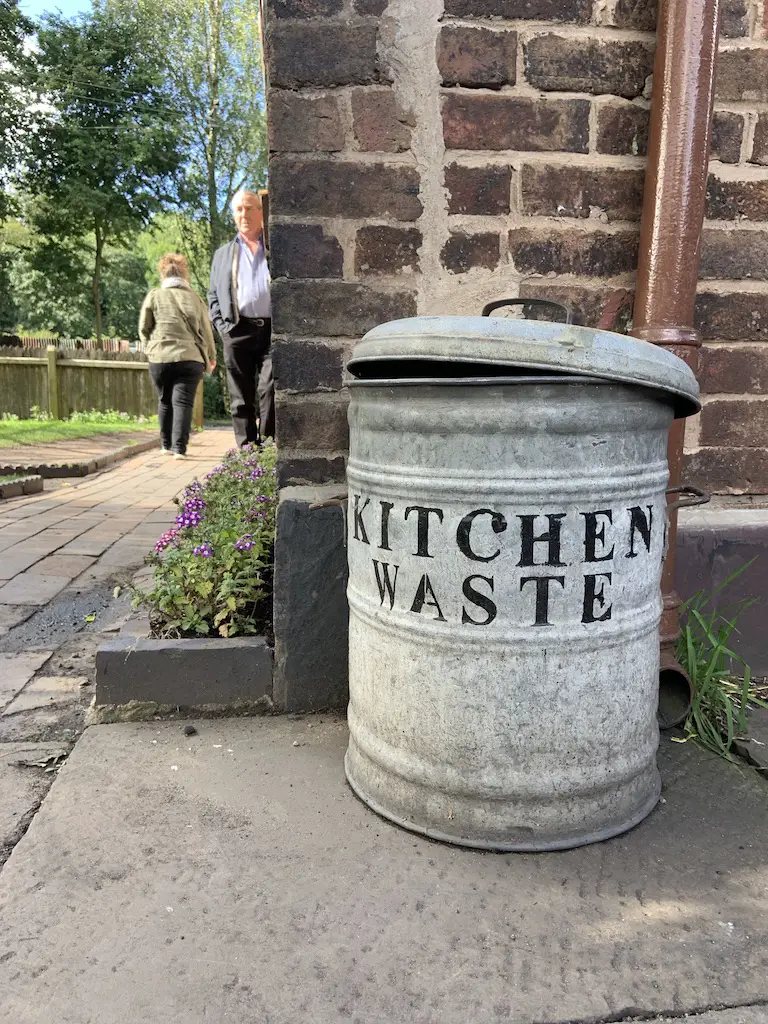
During my visit home, Mum and I decided we needed a day out. For one day we would put our worries aside and just have fun. So we got up early and headed from East to West Midlands for a wander down memory lane at the Black Country Living Museum. If you’re from the Midlands, or the surrounding counties, chances are that you went there as a child – maybe on a school trip or with your parents. It’s a place full of fond memories for me, as a history nerd I always loved our visits, often with my Nanna and parents.
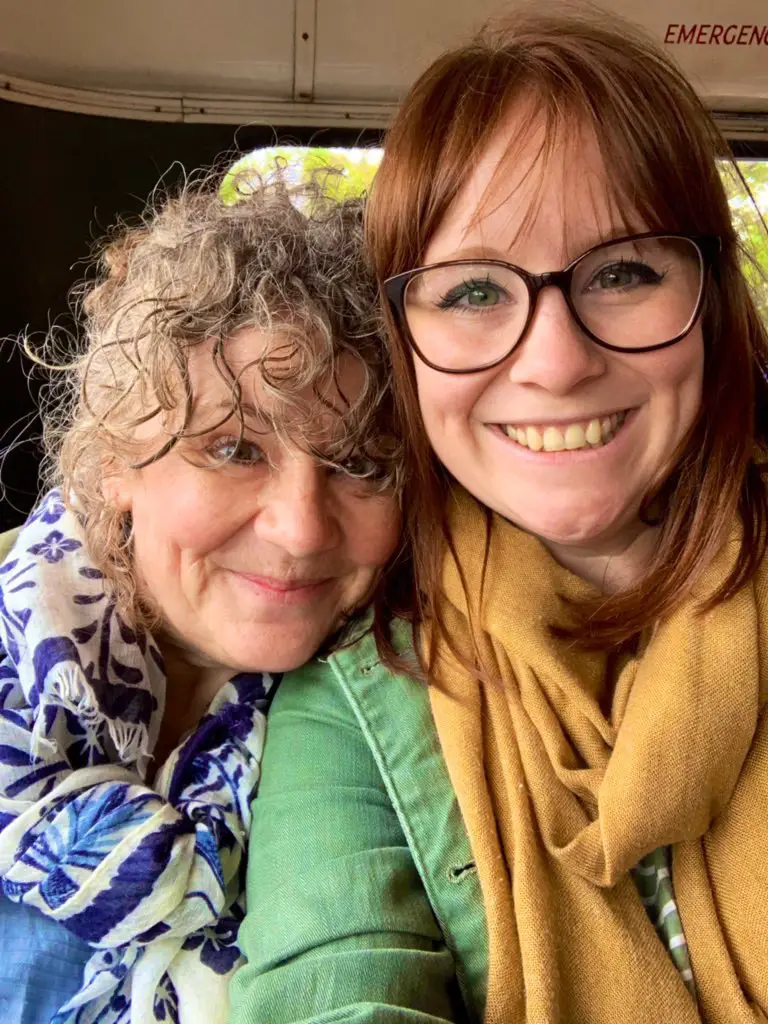
What is a living museum?
Unlike a museum in which exhibits are displayed in cabinets and behind barriers, a living museum recreates historical settings to simulate the past. Visitors learn through an experiential interpretation of history. There are several around the UK – Blist’s Hill, St Fagan’s, Beamish and the SS Great Britain among them. I’ve visited several and enjoy the way they make history real and accessible, especially for younger visitors and those with a short attention span!
At the Black Country Living Museum, set across 26 acres, there are over forty carefully reconstructed shops, houses and industrial areas that represent the Black Country’s story. The time period is roughly 1800’s through to the 1940’s with a new ‘street’ currently in construction which will take the story up to the 1960’s. Each building is moved brick by brick and rebuilt with care on the museum’s grounds and most of them have images and stories of former owners and locations. It’s really quite special. Throw into the mix canal boats, a working mine, the industrial history of the area, cinema and trolley buses and it really is a special place.
A lightbulb moment day
When I first finished uni, furnished with a degree in history and a vision of a life in museum curation, I had no idea I’d end up working in marketing (which I really enjoy by the way). I studied mostly modern history, with my final year spent almost entirely immersed in the 1920s-1940s period. My dissertation focused on Home Front Britain and I was lucky enough to study the rise of Nazism under Sir Ian Kershaw. This might all sound a little morbid but I have a real fascination with the social impact that war has on day to day life. That of course, includes food and eating habits.
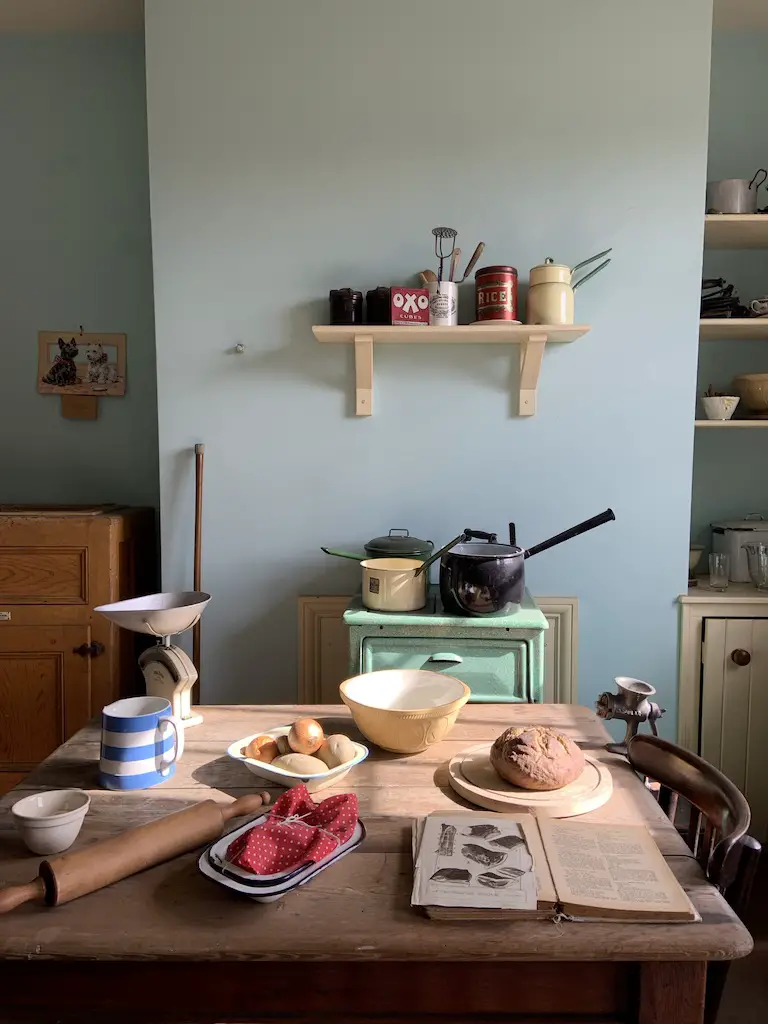
Walking around the museum, talking to the volunteers and seeing the spaces dedicated to food—the chip shop, corner shop, butchers and grocers—it dawned on me that I need to start exploring food and history more. Specifically food and culture during times of hardship. Like now. And then, that got me thinking about how there are parallels between food shortages during World War Two and the environmental challenges we face today with food production and waste. There is definitely something there which I’d like to explore further.
Learning from the past
Seeing the old grocers and food shops felt magical. Loose wrapped items purchased by required weight and not bulk bags, local and seasonal produce. Organic, local produce was once the norm. We need to get back to that. Sure there were tinned goods, and they played an important role in what we ate but it just feels like we’ve forgotten how to shop, cook and eat.
We’re obsessed with being able to get kiwi fruit in Tesco on a November evening, and neatly parcelled chunks of pink unidentified meat because we don’t want to get our hands dirty. It’s sometimes cheaper to buy an enormous bag of potatoes, half of which we know we’ll throw away, because it’s cheaper than getting the right amount of loose spuds. We’re privileged and spoilt at the expense of our planet’s natural resources. Since the end of WW2 with the introduction of factory farming and monoculture it seems like we’ve lost our way. If you want to know more about this, just read Philip Lymbery’s Farmaggedon. It’s a real wake up call.

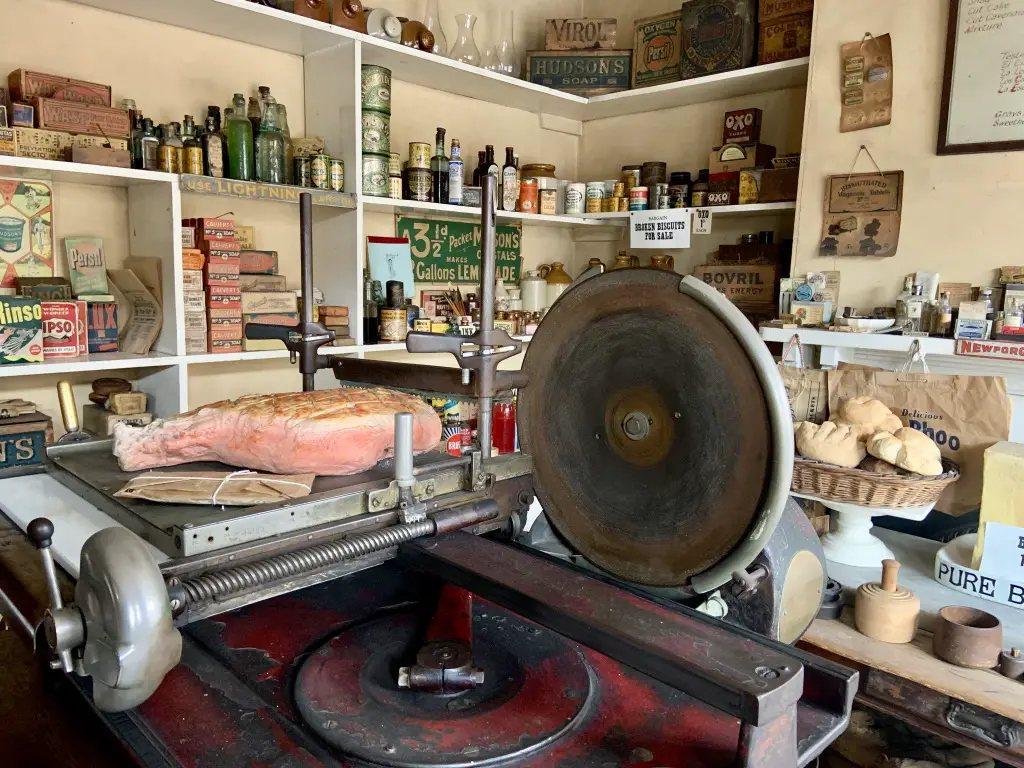
Once we were home, I spent the evening discussing everything we’d seen and thought about at the museum with my mum (who incidentally, was the person who first suggested I start Gingey Bites 7 years ago). We were inspired and as I lay in bed that night, I couldn’t shake the feeling that I need to write more and research more into this area.
Right now, I don’t know what form it’ll take. It could be a new blog or website, or perhaps just a section here. But I do know that I want to read more and learn more and draw comparisons because I know they are there. And I’m sure we can learn from what our great grandparents and great-great-grandparents did when times were tough. Because right now, times are tough. We might not be at war but we’re destroying our planet through our food practices and things need to change. Throw Brexit into the mix and who knows what our food situation is going to look like in the future.
What to see at the Black Country Living Museum
Bringing it back from apocalyptic doom and gloom to our day out; there is so much to see and do that I can’t possibly list it all here. We really enjoyed our visit, as much for the trip down memory lane as for the experience we had as adults. Make sure to speak to the volunteers, they are knowledgeable and often in character, which makes it super fun. A living museum is such a great way to really feel the past because you can walk in and out of the buildings and see them as a snapshot in time. It’s worth also mentioning that the Black Country Museum have won numerous awards for their conservation efforts and as an educational charity, rely on funding and donations to exist.
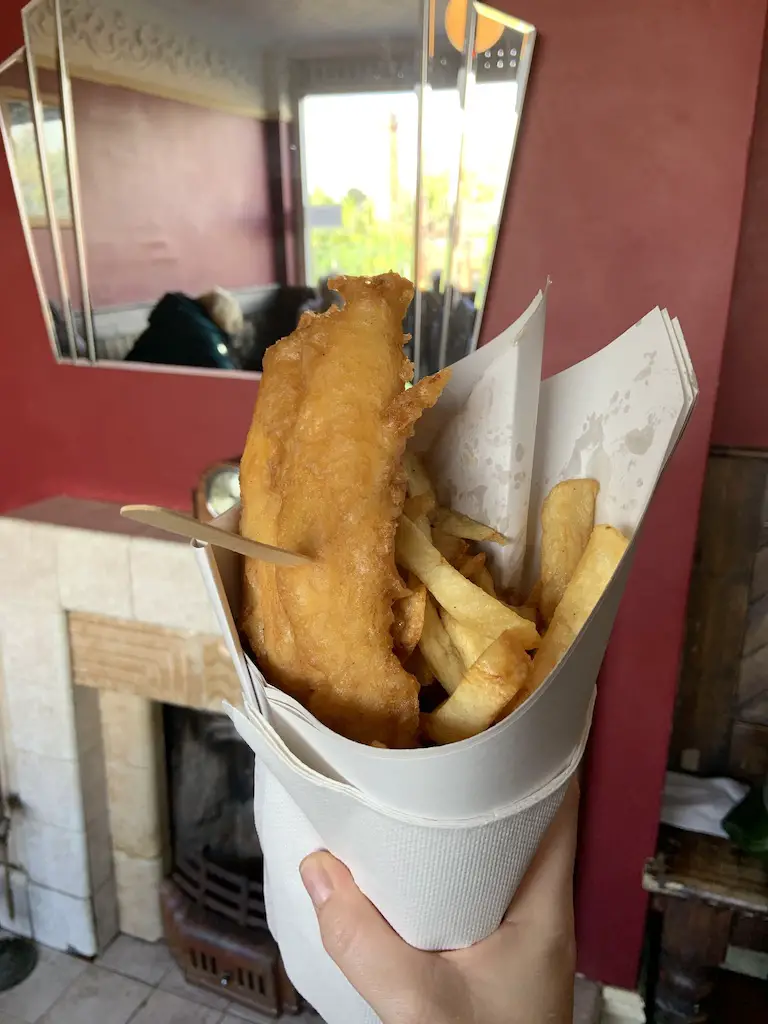
Hobbs & Sons chip shop
A visit to the Black Country Living Museum is not complete without a cone of beef dripping fish and chips. There are now two chip shops to choose from. The small victorian style shop down in the ‘main town’ and a newer, larger 1930’s style chippy called Hobbs & Sons. Get there when they open at 12 to avoid the queue and skip breakfast because they will fill you right up!
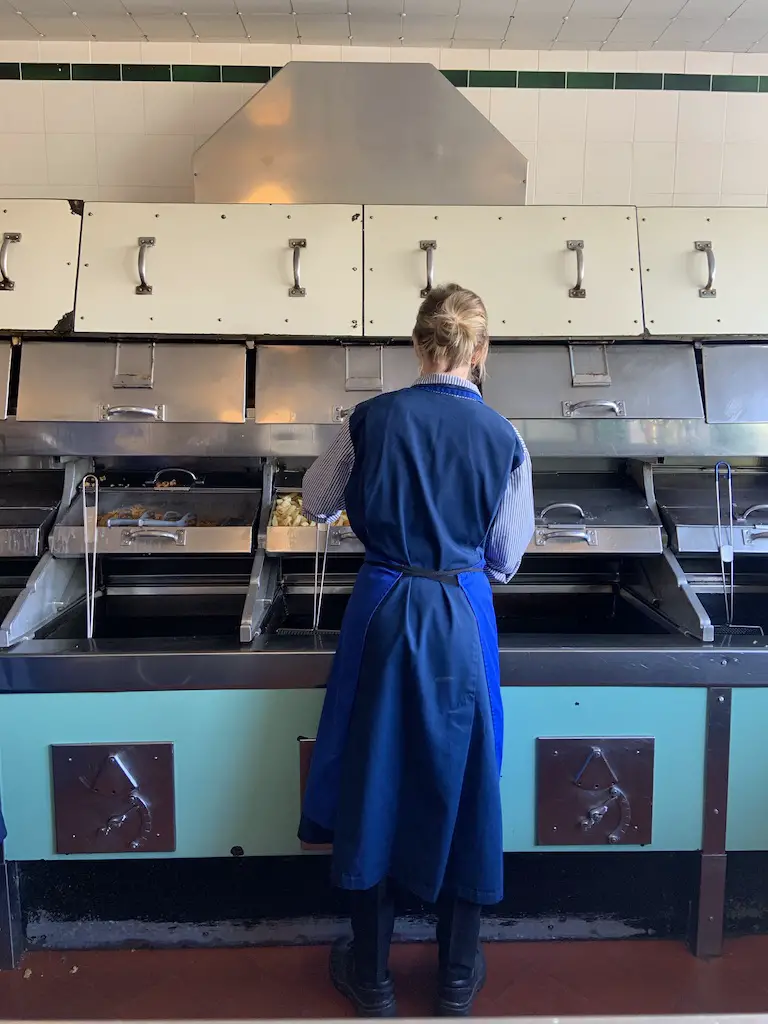
Riding on the old buses
There are several old buses and trolley buses which circle the museum and are free to hop on and off. I remember them fondly as a child and we had as much fun this time around riding on them too. In fact, we went round twice. Also make sure to go and visit the classic car collection near the entrance. Even if they aren’t your thing, it’s fun to see some of the weird and wonderful contraptions which are just so different from today’s vehicles.
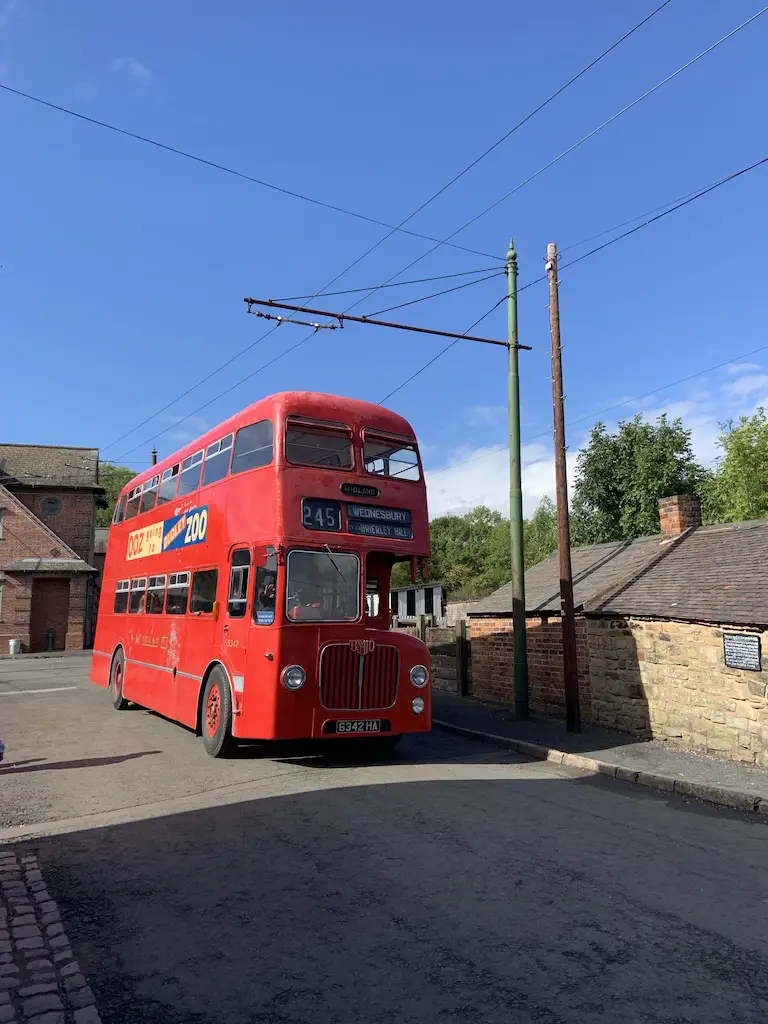
Jerushah cottage
Jerushah (Tilted Cottage) was originally built in 1840 and is dressed to reflect the family which lived there in 1910. It’s one of the older buildings at the museum and one I remember from my childhood visits. The modern ‘extension’ on the side was built later and houses a kitchen with running water! It’s tilted from subsidence caused by the coal mine near to the property in its original location. We loved hearing about the family who lived there from its construction through to 1984. It was at this point, when the last family member died that the house was taken down brick by brick and rebuilt three years later at the museum.
There are several other houses like this one that you can go inside but this is my favourite!
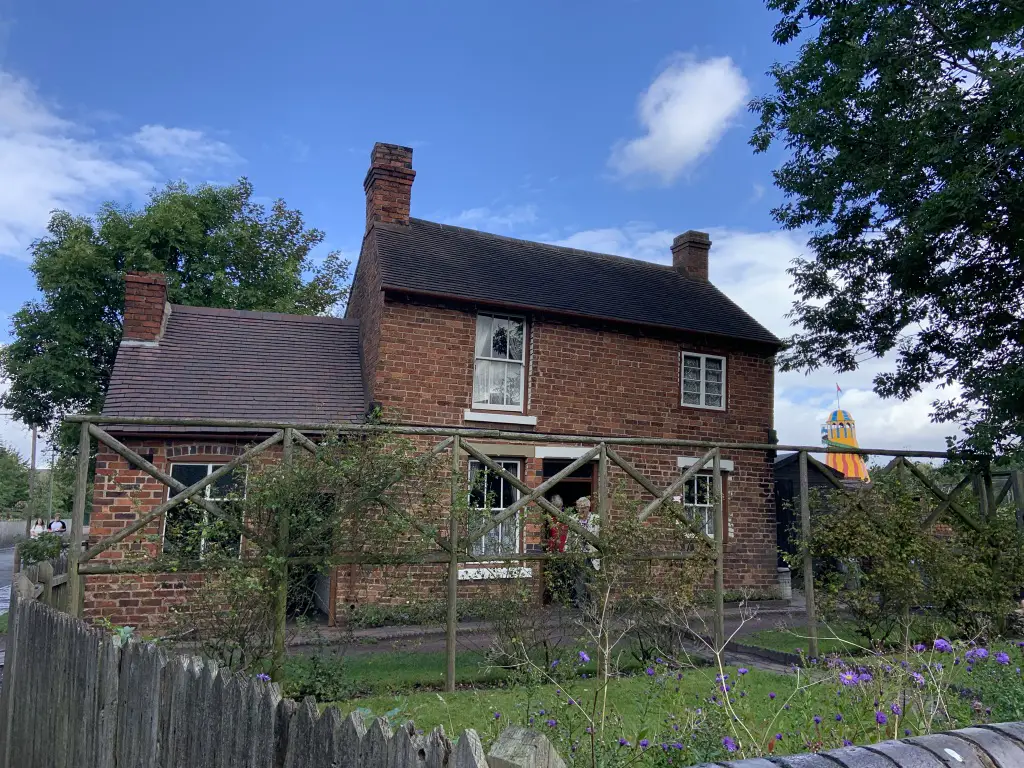
1930’s domestic rooms
As I mentioned in my intro, the 1930’s are my jam so I was really pleased to see the rooms above the radio repair shop, chippy and plumbers shops along the High Street. They’ve been decorated to reflect a modern 1930’s home—think semi detached—and I loved it! You might recognise them from films and TV shows too as much of the museum is used for filming. If you’ve not seen it, The Last Witness is hard hitting but well worth a watch and features this very room.

There are far too many things to highlight but I really do recommend a visit. Plus, tickets are valid for a year so you can return, or pass the tickets along to a friend. For me, it turned out to be so much more than a day out with my mum. I’m a little concerned that this has fizzled out and I’m not entirely sure what this blog post is really for, or about but I just wanted to share my awakening with you and tell you to watch this space. Half random rambling and half review of a cool place to visit. If you made it this far, thank you for reading!
I don’t know what it is yet, but something food & history is on the horizon! So watch this space!!

This is so cool! We have the similar museum in Denmark (where I grew up) I feel you really get to learn a lot about the past this way – and it is more fun way to learning, if you ask me
Louise x
This is so cool. Although we have places here in America that recreate the past like Colonial Williamsburg, they represent a very specific time in the past. What I like about this place is that it goes through many decades so that you can see how things changed over time. When I get to England, will definitely try to include this on my itinerary.
This looks like a museum for me. I too studied modern history from A Level and through to degree level, and have similar thoughts about the insight it gives into current affairs even today. I love the photo of you and your mum, btw!